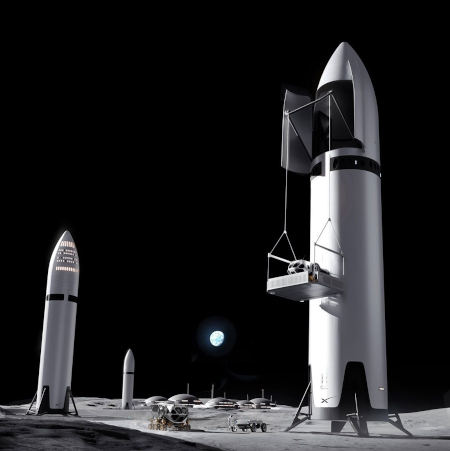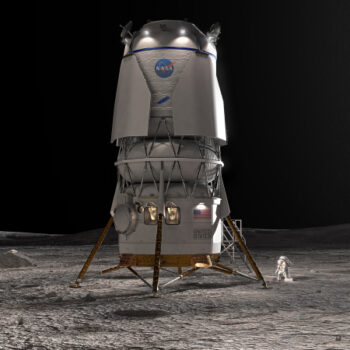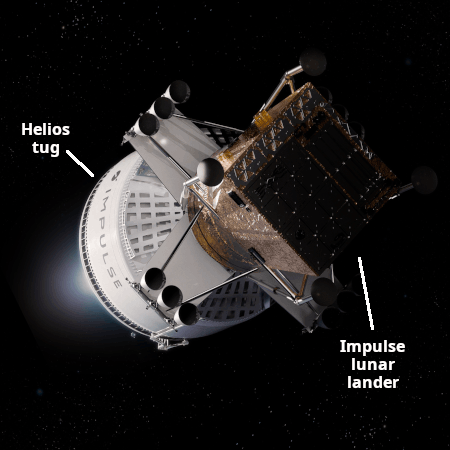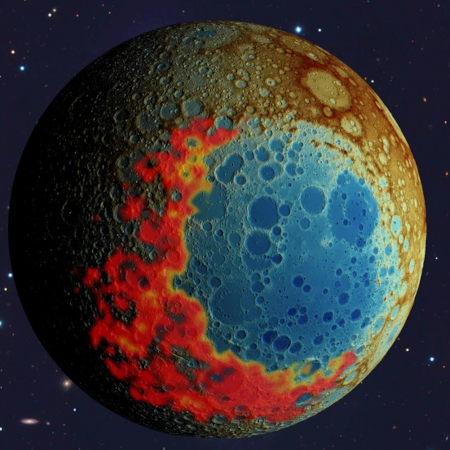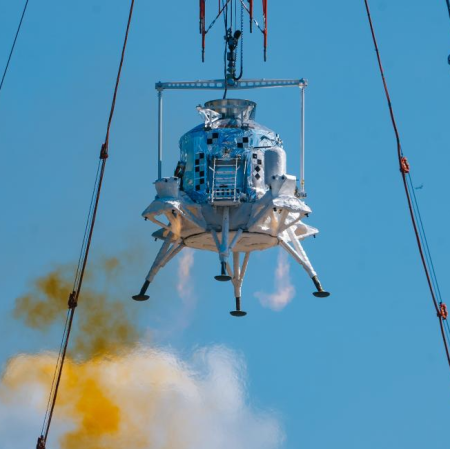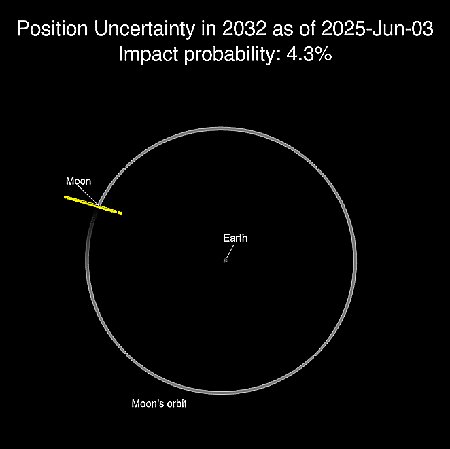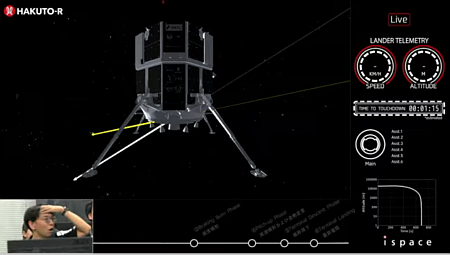China will launch its upgraded manned Mengzhou-1 capsule in 2026
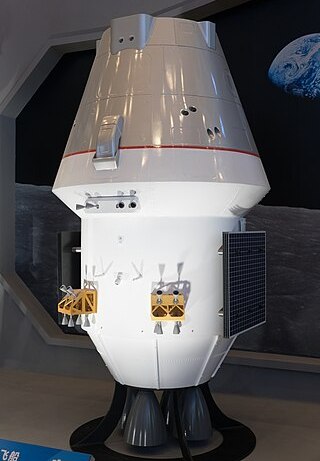
Mengzhou mock-up from 2023. Click for source.
China this week revealed that it plans the first flight of its new larger Mengzhou-1 manned capsule next year, launching from its coastal Wengchang spaceport on its new Long March 10 rocket.
Mengzhou features a modular design consisting of a return capsule and a service capsule and will operate as the primary link between Earth and the space station.
The first flight of Mengzhou-1 will utilize the Long March-10A rocket from the Wenchang Space Launch Site in Hainan, targeting a docking with the space station’s core module radial port. This debut mission will validate the craft’s systems while transporting environmental monitoring devices, technical payloads, astronaut supplies, and experimental gear for science and technology demonstrations.
Both capsule and rocket are intended as China’s future mainstays for its manned program, both in Earth orbit and beyond. Mengzhou is intended as the manned capsule that will get its astronauts to lunar orbit, where its Lanyue lunar lander will take them to and from the surface. Both will be launched separately by the Long March 10 rocket.
Long March 10 has been in development since 2017, and will have the ability to place 70 tons in low Earth orbit and 27 tons to lunar orbit. It is thus comparable to SLS, but costing far less with its first stage incorporating recovery and reuse. It will also be capable of launching much more frequently and at a much faster pace.

Mengzhou mock-up from 2023. Click for source.
China this week revealed that it plans the first flight of its new larger Mengzhou-1 manned capsule next year, launching from its coastal Wengchang spaceport on its new Long March 10 rocket.
Mengzhou features a modular design consisting of a return capsule and a service capsule and will operate as the primary link between Earth and the space station.
The first flight of Mengzhou-1 will utilize the Long March-10A rocket from the Wenchang Space Launch Site in Hainan, targeting a docking with the space station’s core module radial port. This debut mission will validate the craft’s systems while transporting environmental monitoring devices, technical payloads, astronaut supplies, and experimental gear for science and technology demonstrations.
Both capsule and rocket are intended as China’s future mainstays for its manned program, both in Earth orbit and beyond. Mengzhou is intended as the manned capsule that will get its astronauts to lunar orbit, where its Lanyue lunar lander will take them to and from the surface. Both will be launched separately by the Long March 10 rocket.
Long March 10 has been in development since 2017, and will have the ability to place 70 tons in low Earth orbit and 27 tons to lunar orbit. It is thus comparable to SLS, but costing far less with its first stage incorporating recovery and reuse. It will also be capable of launching much more frequently and at a much faster pace.


